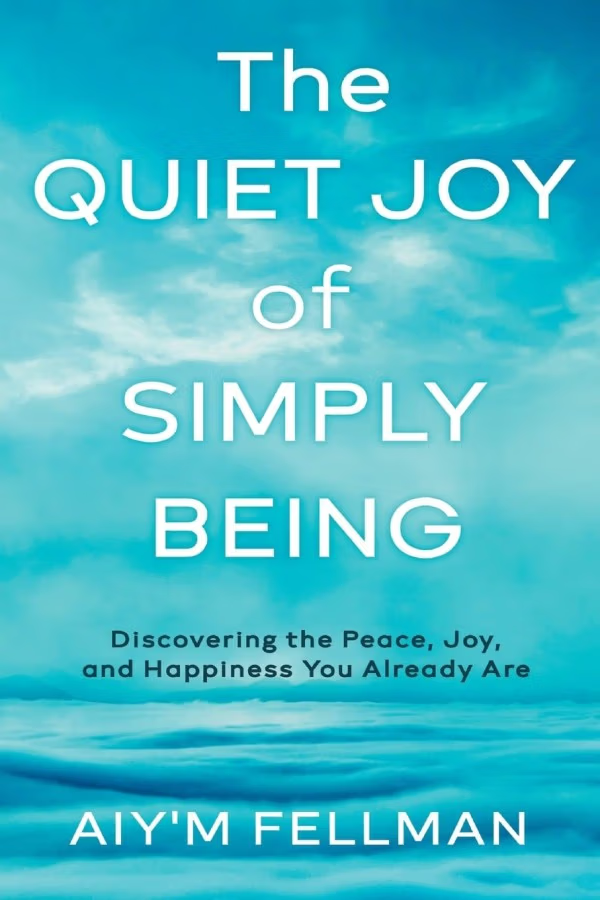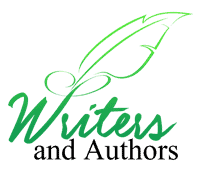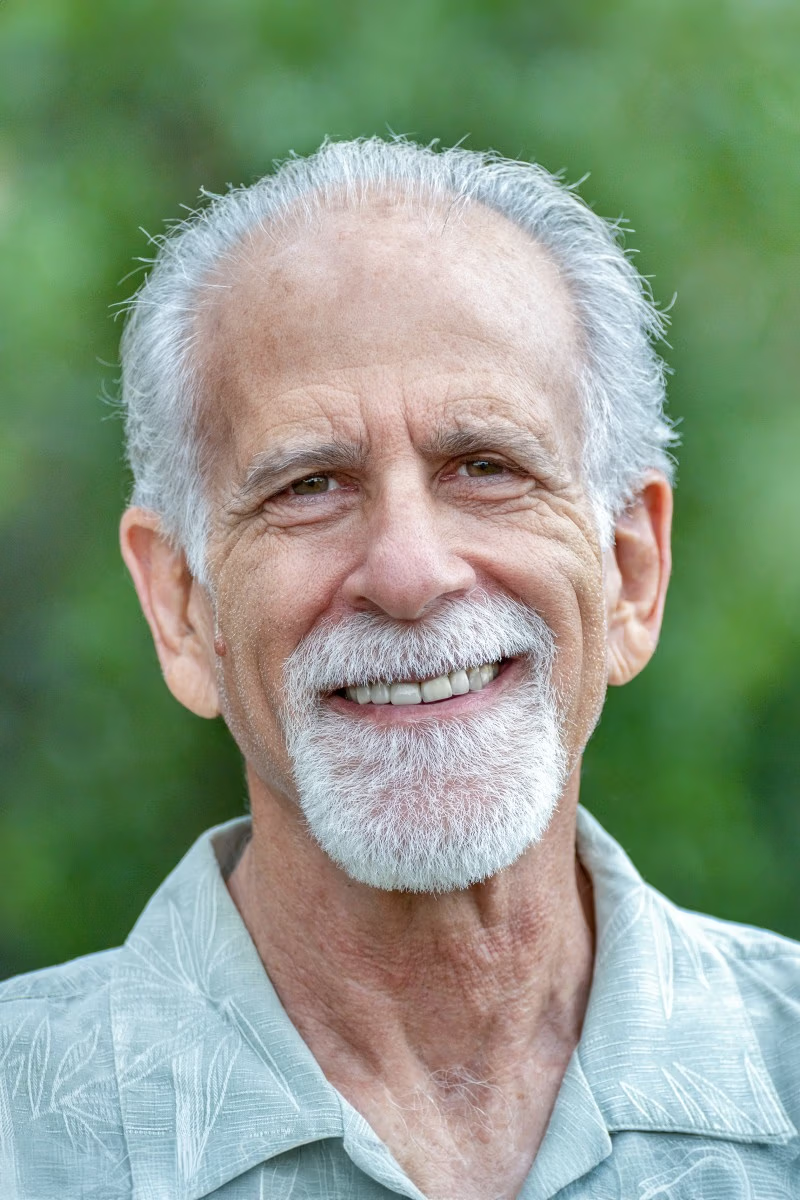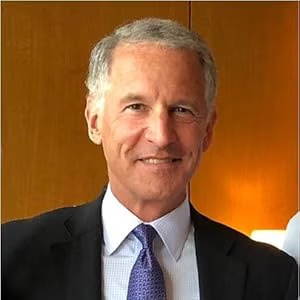WritersNAuthors recently had the pleasure of speaking with Aiy’m Fellman—pronounced I-Yim—about his new release The Quiet Joy of Simply Being, a spiritual exploration into the peace, happiness, and fulfillment already within us. With over 40 years of self-reflective journaling and a deeply grounded presence, Aiy’m shares his journey, insights, and practical wisdom for anyone seeking a deeper connection with their true self.
WritersNAuthors: Can you share a bit about your background and what led you to explore the themes in The Quiet Joy of Simply Being?
Aiy’m Fellman: In 1999, a client gave me Eckhart Tolle’s The Power of Now, which I consider my true introduction to spirituality. Prior to that, I spent two decades in a spiritual community focused more on personal growth and development—what I call building a “new and improved me.” But spirituality, as I’ve come to understand it, is about recognizing our ever-present true nature. Over the years, I’ve immersed myself in teachings of non-duality from Adyashanti, Rupert Spira, Nisargadatta, and Ramana Maharshi. What I’ve found is that peace, love, and fulfillment are not something we gain—they’re who we already are. I hope my book conveys that this realization is available to everyone.
WritersNAuthors: You’ve been journaling for over 40 years. How did that evolve into writing this book?
Aiy’m: My journaling started as a tool for self-improvement. I was organized—categorizing, tracking patterns, trying to upgrade myself. But over time, I realized the true value was in how journaling naturally shifted my perspective into that of an observer. That shift allowed me to disidentify from my conditioned thoughts and emotions. That liberation—the First Great Freedom—is what ultimately inspired The Quiet Joy of Simply Being.
WritersNAuthors: Was there a pivotal moment when you experienced this inner peace and fulfillment?
Aiy’m: Yes. One moment stands out—I was sitting by a creek in the Boulder foothills, journaling and sipping tea. A wave of peace washed over me from beyond the body’s boundaries. It wasn’t fleeting—it became accessible anytime. Another time, while journaling in my tea-mitage, I felt a deep, intrinsic fulfillment. I realized I didn’t need anything external for that feeling. It was already within me.
WritersNAuthors: Why do you think so many people seek happiness externally?
Aiy’m: From childhood, we’re conditioned to link happiness to achievements or external rewards. That reinforcement creates what I call the “happiness trap.” We keep chasing the next thing, thinking fulfillment is out there somewhere. But happiness is actually revealed in the absence of seeking. When desire falls away, our natural joy is uncovered.
WritersNAuthors: You describe the “First Great Freedom.” Can you explain what that means?
Aiy’m: It’s the freedom from being entangled in our conditioned mind and emotions. We’re so often ruled by beliefs, opinions, self-image, and habits we’ve unconsciously inherited. The First Great Freedom isn’t about eliminating these—it’s about no longer being at their mercy. We shift into the seat of awareness and use our mind more consciously. We stop letting the tail wag the dog.
WritersNAuthors: How can people start the process of dis-identifying from their conditioned thoughts?
Aiy’m: Simply by observing. Don’t judge or analyze—just observe your thoughts and emotions as they arise. Mindfulness, journaling, or working with a guide can help. The act of observing alone begins to loosen the grip of identification.
WritersNAuthors: What role does stillness play in all of this?
Aiy’m: Stillness and presence are qualities of our true nature. They’re always there—even when we’re busy. In the beginning, we need to consciously carve out moments for stillness. Over time, we recognize that stillness is always available, even in the chaos.
WritersNAuthors: You use the metaphor of Michelangelo uncovering David. What are we chiseling away?
Aiy’m: Not our traits or flaws—but our identification with them. We’re not getting rid of our emotions or thoughts. We’re shifting our relationship to them, seeing them as temporary appearances, not as who we are.
WritersNAuthors: Can you share a journaling technique that supports self-awareness?
Aiy’m: I begin each session with a centering phrase: “Sitting Sipping Cupsa Sencha, Now! Writing Passing Clouds.” This grounds my attention. From there, I journal as an observer—writing down thoughts, sensations, and feelings as they arise, without identifying with them. It’s like stream-of-consciousness writing, but with the added awareness that I am the observer, not the content.
WritersNAuthors: Nature seems to play a big role in your practice. How does it support your understanding of presence?
Aiy’m: Nature is a mirror. Whether I’m hiking, biking, or sitting with my cat Te’a, it reminds me that peace and presence are always here. Stillness exists within the movement—just like it does within us.
WritersNAuthors: In today’s fast-paced world, how can we integrate the book’s principles into daily life?
Aiy’m: Start the day connected to your being. Even 10–20 minutes of meditation, journaling, or intentional stillness can shift your entire experience. Then, throughout the day, pause and reconnect. I call these “Stop Exercises.” Just a few breaths and a return to presence is enough.

WritersNAuthors: What are some other small practices people can try?
Aiy’m: Pause. Observe your breath. Notice your thoughts and emotions without judgment. Recognize yourself as the observer. Even short moments of this bring us back to our natural state of peace and joy.
WritersNAuthors: You created a “tea-mitage.” How does that space support your practice?
Aiy’m: It’s my sanctuary—a tiny, rustic retreat in my backyard. No internet, just stillness, tea, and journaling. Having a space like this isn’t necessary, but for me, it’s a powerful reminder to pause and reconnect.
WritersNAuthors: If someone feels stuck or anxious, what’s the first step to reconnecting with inner joy?
Aiy’m: Stop. Breathe. Shift to observing your thoughts and sensations without getting pulled in. That simple act often reveals the peace that’s always been there.
WritersNAuthors: How should readers use your book as a guide on their journey?
Aiy’m: The book starts by uncovering what veils our natural peace. Then it outlines different stages of realization and offers tools to navigate them. There’s no “one-size-fits-all” approach. It’s meant to support readers in finding what resonates for them.
WritersNAuthors: What has been the most profound lesson you’ve learned about simply being?
Aiy’m: That there’s nothing we need to do, get, or change to simply be. It’s more about relaxing into what we already are.
WritersNAuthors: What belief about happiness or fulfillment have you let go of?
Aiy’m: That I needed to master something or be admired to feel fulfilled. True fulfillment arises not from doing, but from being.
WritersNAuthors: Are you working on any new projects?
Aiy’m: Yes! I’m working on a journaling-based workbook to help readers discover the peace already within them. Since journaling has been my deepest ally, I’m excited to share these practices more directly.
WritersNAuthors: Where can readers find your book and connect with you?
Aiy’m: The book is available on Amazon and Barnes & Noble. You can also visit my website thequietjoyofsimplybeing.com or email me at aiym@comcast.net. I’m also on Goodreads.
WritersNAuthors: If listeners take away one message from our conversation, what would you want it to be?
Aiy’m: Enjoy yourself. Whatever you’re doing, wherever you are, whoever you’re with—peace, happiness, and fulfillment are already within you. There’s nothing more you need to earn or achieve to feel whole.
WritersNAuthors thanks Aiy’m Fellman for this enlightening conversation and for reminding us that the quiet joy of simply being is always available—here and now.





















